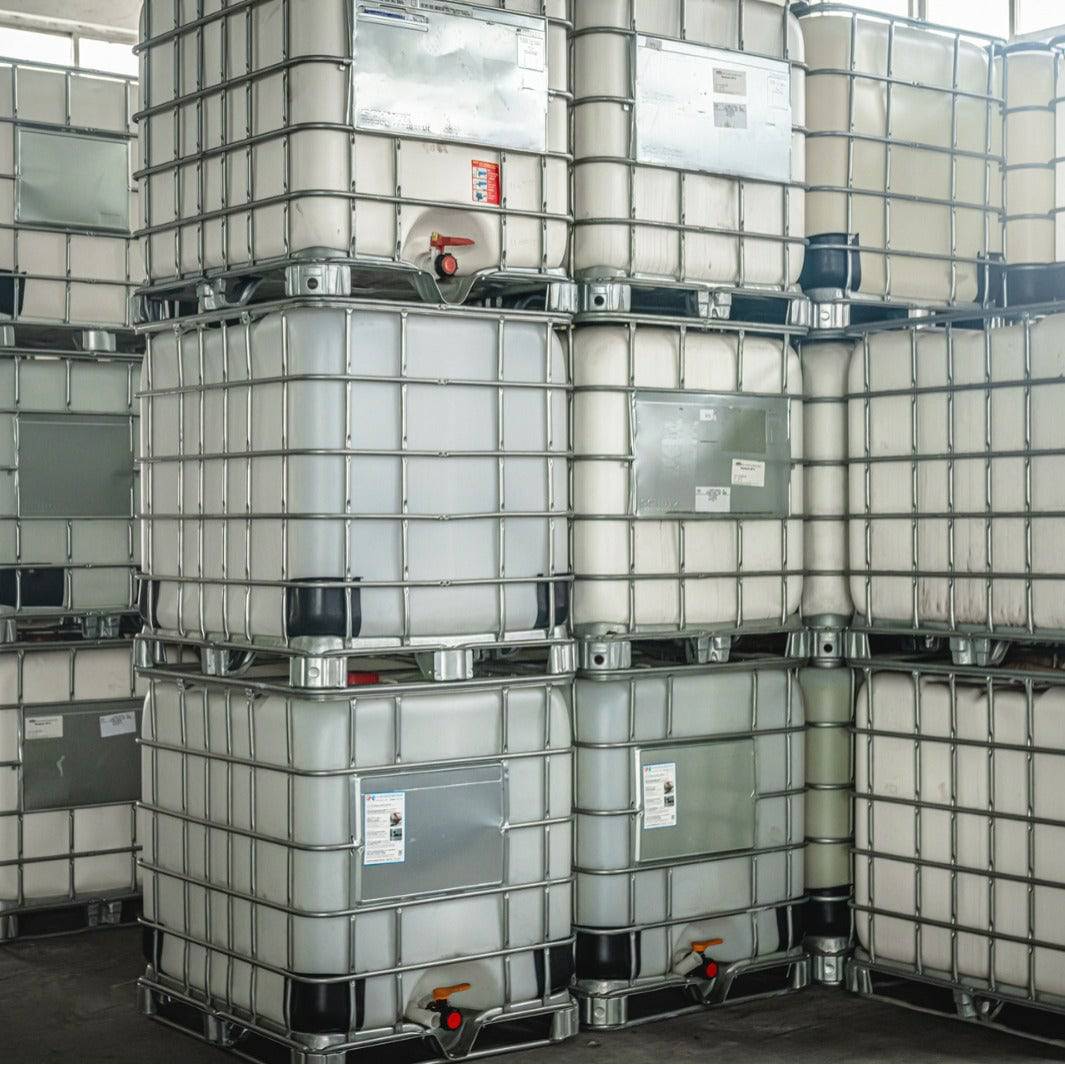The Only Guide to Chemie
Chemie Fundamentals Explained
Table of ContentsHow Chemie can Save You Time, Stress, and Money.Chemie Things To Know Before You BuyAll About ChemieAn Unbiased View of ChemieThe smart Trick of Chemie That Nobody is Talking AboutThe Buzz on Chemie
By Bojanna Shantheyanda, Sreya Dutta, Kevin Coscia and David SchiemerDynalene, Inc. Liquid air conditioning, which can be accomplished using indirect or direct methods, is made use of in electronics applications having thermal power densities that might surpass secure dissipation through air cooling. Indirect fluid cooling is where heat dissipating electronic parts are literally divided from the fluid coolant, whereas in situation of direct cooling, the parts remain in direct contact with the coolant.In indirect air conditioning applications the electrical conductivity can be important if there are leaks and/or spillage of the fluids onto the electronic devices. In the indirect cooling applications where water based fluids with rust inhibitors are usually made use of, the electrical conductivity of the liquid coolant mostly depends upon the ion focus in the fluid stream.
The increase in the ion concentration in a shut loophole fluid stream may happen due to ion seeping from metals and nonmetal elements that the coolant liquid touches with. During operation, the electric conductivity of the liquid may boost to a level which can be harmful for the air conditioning system.
Some Known Incorrect Statements About Chemie
(https://www.provenexpert.com/chemie/?mode=preview)They are grain like polymers that can exchanging ions with ions in a solution that it is in call with. In the present job, ion leaching tests were executed with numerous metals and polymers in both ultrapure deionized (DI) water, i.e. water which is dealt with to the highest degree of pureness, and reduced electric conductive ethylene glycol/water blend, with the gauged modification in conductivity reported over time.
The samples were permitted to equilibrate at space temperature for two days before taping the preliminary electric conductivity. In all examinations reported in this research study liquid electric conductivity was gauged to a precision of 1% making use of an Oakton CON 510/CON 6 series meter which was adjusted prior to each dimension.
The Definitive Guide to Chemie
from the wall surface heating coils to the center of the heater. The PTFE example containers were placed in the heating system when constant state temperatures were reached. The examination setup was removed from the furnace every 168 hours (7 days), cooled to space temperature level with the electrical conductivity of the liquid determined.
The electrical conductivity of the fluid sample was kept track of for a total of 5000 hours (208 days). Schematic of the indirect closed loophole cooling experiment set-up. Components utilized in the indirect shut loop cooling experiment that are in contact with the liquid coolant.

Chemie Can Be Fun For Everyone
During operation the fluid storage tank temperature was maintained at 34C. The adjustment in liquid electric conductivity was checked for 136 hours. The fluid from the system was accumulated and stored. In a similar way, shut loophole examination with ion exchange resin was performed with the same cleansing procedures employed. The first electric conductivity of the 230ml UP-H2O in the system gauged 1.84 S/cm.

0.1 g of Dowex resin was included to 100g of fluid samples that was absorbed a separate container. The mixture was stirred and transform in the electric conductivity at space temperature was gauged every hour. The measured change in the electric conductivity of the UP-H2O and EG-LC test fluids containing polymer or steel when involved for 5,000 hours at 80C is shown Figure 3.
The Greatest Guide To Chemie
Number 3. Ion seeping experiment: see page Measured change in electrical conductivity of water and EG-LC coolants consisting of either polymer or steel samples when submersed for 5,000 hours at 80C. The outcomes show that steels added fewer ions right into the liquids than plastics in both UP-H2O and EG-LC based coolants. This could be because of a slim metal oxide layer which may serve as a barrier to ion leaching and cationic diffusion.
Fluids containing polypropylene and HDPE showed the most affordable electrical conductivity changes. This can be as a result of the brief, rigid, straight chains which are less most likely to add ions than longer branched chains with weaker intermolecular pressures. Silicone likewise did well in both test fluids, as polysiloxanes are generally chemically inert due to the high bond power of the silicon-oxygen bond which would prevent degradation of the material right into the fluid.
The Chemie Diaries
It would be anticipated that PVC would certainly produce similar outcomes to those of PTFE and HDPE based upon the comparable chemical frameworks of the materials, nonetheless there may be various other impurities present in the PVC, such as plasticizers, that might impact the electrical conductivity of the liquid - silicone synthetic oil. Additionally, chloride groups in PVC can additionally seep right into the test fluid and can trigger an increase in electrical conductivity
Polyurethane totally broke down into the test fluid by the end of 5000 hour examination. Prior to and after pictures of metal and polymer examples submersed for 5,000 hours at 80C in the ion seeping experiment.
Calculated change in the electric conductivity of UP-H2O coolant as a feature of time with and without material cartridge in the closed indirect air conditioning loop experiment. The measured adjustment in electrical conductivity of the UP-H2O for 136 hours with and without ion exchange resin in the loop is displayed in Figure 5.